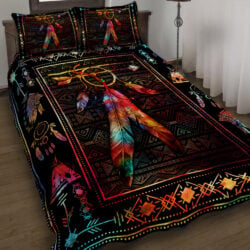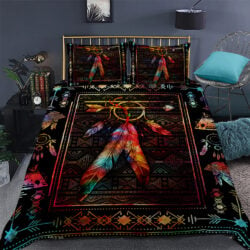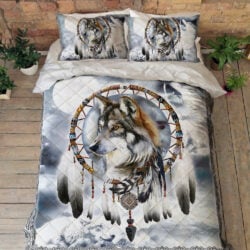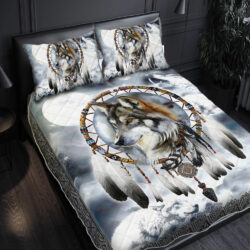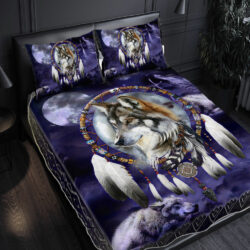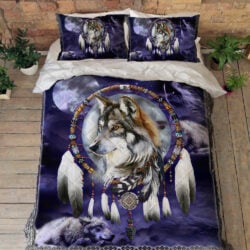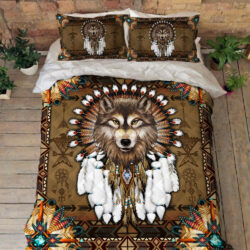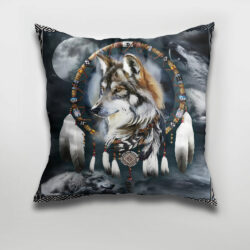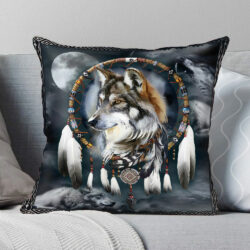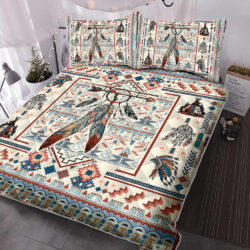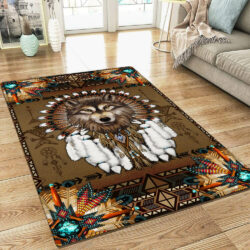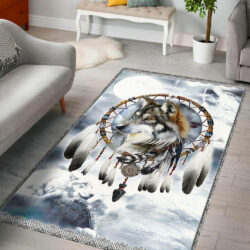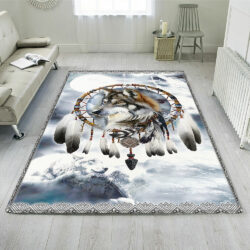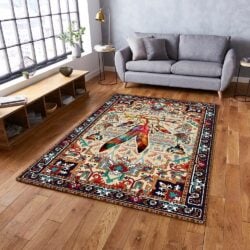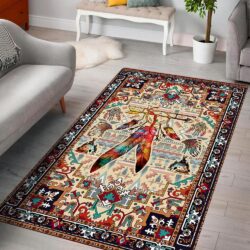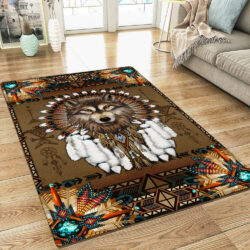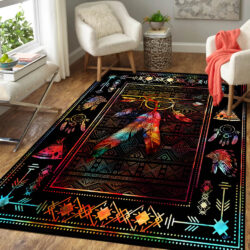Best-selling products
Native Feather Geembi™ Color Feather Native American Quilt Bedding Set
Best-selling products
Wolf Quilt Bedding Set, Native American Wolf Howling Dreamcatcher QNK779QSv1
Best-selling products
Wolf Quilt Bedding Set, Native American Wolf Howling Dreamcatcher QNK779QSv2
Best-selling products
Best-selling products
Best-selling products
Native Feather Geembi™ Color Feather Native American Quilt Bedding Set THH2589QSv1
Best-selling products
Best-selling products
Wolf Rug, Native American Wolf Howling Dreamcatcher QNK779Rv1
Best-selling products
Native Feather Geembi™ Color Feather, Dreamcatcher, Native American Rug THH2589Rv2
Best-selling products
Best-selling products
Native Feather Geembi™ Color Feather Dreamcatcher Native American Rug THH2589Rn
Best-selling products
Native Feather Geembi™ Color Feather Native American, Dreamcatcher Rug TPT311R
Native American blankets, also called Native American Indian blankets, are some of the most recognizable blankets in the world. Their striking colors and bold designs instantly identify them.
Just looking at one of those blankets can invoke an almost spiritual experience and give you a sense of awe at the sheer majesty of the design and colors. But there is more to these blankets than meets the eye. Their storied history goes back to before Columbus was born, and their art is mesmerizing. Let’s dive deeper into how they were used, their different types, and why you should choose our blankets!
How Native American Blankets Were Used
When you hear Native American blanket, chances are, your mind immediately conjures up images of brightly colored woolen throws. If so, you were right! These blankets were made to meet the different tastes of different regions across the West and Midwest in history. However, they primarily come in the same thing — that they hunted for bright designs. The brighter the blanket, the more popular it will be.
And while they were popularized in part by being emblazoned with patriotic symbols like eagles or stripes, that wasn’t always how they were used. In fact, for a time, Native Americans used blankets for something surprising: currency.
That’s right — some tribes had so many uses for their textiles that they considered them to be as valuable as gold. Blankets served an important function both in daily life (as attire) and ceremonial use (as gifts). Also, their value was only enhanced by scarcity — until colonists started trading with natives for valuable furs, anyway… The result is that Native Americans continue to make textiles of incredible beauty today!
Different Types of Authentic Native American Blanket
Wool
Native Americans have always prized wool from their sheep for its warmth, softness, and durability. More than just fashion accessories, Native American blankets also served as practical necessities that helped people live comfortably in some of the harshest environments on earth.
Even today, they still use wool to create beautifully functional products. While it is true that other materials such as cotton can be just as effective at keeping a person warm, wool offers a combination of comfort, durability, affordability, versatility. All of these qualities make it especially well-suited for long-term use.
Fleece
Fleece is typically a very warm blanket that can be ideal for those who live in cold climates. They are lightweight yet very durable. Also, fleece blankets come in various patterns and colors, making them great additions to any bedding set.
Fleece is a much better option for kids than cotton or wool blankets as it does not have to be washed as often (since it’s machine washable). In addition, this material helps keep kids dryer than other materials since it does not absorb moisture easily.
Sherpa
If you want to ensure that your Native American blanket works as hard as possible, choose Sherpa. The blend of cotton and synthetic fibers creates an incredibly soft texture, which will help your blanket get softer over time.
Further, these fibers can wick moisture away from your body quickly to keep you dry at all times, even if it is warm. Also, a fabric made from these materials is machine washable, so they are perfect for families who may have pets or kids.
Moreover, sherpa blends are low-pilling, meaning that they won’t snag on pet hair or pick up other tiny debris during use. This makes them far easier to clean than all-natural blankets.
Faux Fur
Over time, Native Americans began incorporating faux furs into their Native American blankets. These faux furs were much easier to care for and more durable than actual animal skins, particularly if they were used for formal occasions or ceremonies.
While these faux fur blankets were not as attractive or authentic-looking as those made from animal hides, many people still find a special place in their hearts for them. And, that is probably because of how easy they are to clean.
If you are interested in buying these types of items, it is wise to look for products that offer practical benefits such as stain resistance or easy-care fabric. In other words, think about what will make your life easier before purchasing.
Cotton
These days, many Cherokee Native American Symbols are using cotton. The primary reason Native Americans use this material is that it drapes beautifully on their looms and does not tangle or snag on anything while they work with it.
It also happens to be warmer than wool and just as soft, making it a lovely material for crafting amazing blankets. You don’t have to worry about dye bleeding into your skin when using cotton. Also, if you get water on your blanket, it dries quickly without retaining odors or damage from mildew or mildew-causing bacteria growth.
Why You Should Choose Polycotton Native American Indian Blankets
If you’re looking for a light blanket that won’t suffocate you in heat or give you a chill when temperatures drop, then polycotton blankets are probably your best bet.
This fabric is naturally breathable, meaning it will regulate your body temperature. It also offers insulation from cold weather but stays cool when it gets warm out.
And even better, polycotton will dry quickly in case it gets wet. And because it’s an artificial fiber made of polyester and cotton (or other natural fibers), polycotton native American Indian blankets feel softer than they would if they were made of pure cotton.
Tips For Maintaining Blankets
Having a beautiful blanket is excellent, but if it’s not properly maintained, it can lose its luster after just a few uses. Here are some things to keep in mind when maintaining your native American Indian blankets:
Sweeping up dead leaves, twigs, dirt, and other small particles from under your blanket before storing can help keep it clean.
Using a feather duster or brush to remove larger particles is also useful.
Keeping your blanket covered when stored prevents debris from collecting on it while outside.
It’s important to inspect any stains or tears in your blanket as soon as possible.
While some minor stains can be dealt with right away, others may require professional attention. Ignoring them could lead to more serious problems later on.
Washing blankets by hand or machine is either fine, but you have to read the instruction tag before deciding which one is safer.
Polycotton is the best solution for those not usually having enough time for cleaning a large/medium blanket.
Final Words
Native American blankets are beyond a piece of cloth covering your body; they are art derived from a long-history West culture. If you decide to buy them today, make sure to pick the ones that suit your best.
Our polycotton blankets feature all of the benefits needed as a true native American blanket, plus they look great. They are a premium choice for any home and make an ideal gift for your loved ones.
Enjoy your new blanket! We hope it brings you years of enjoyment.


